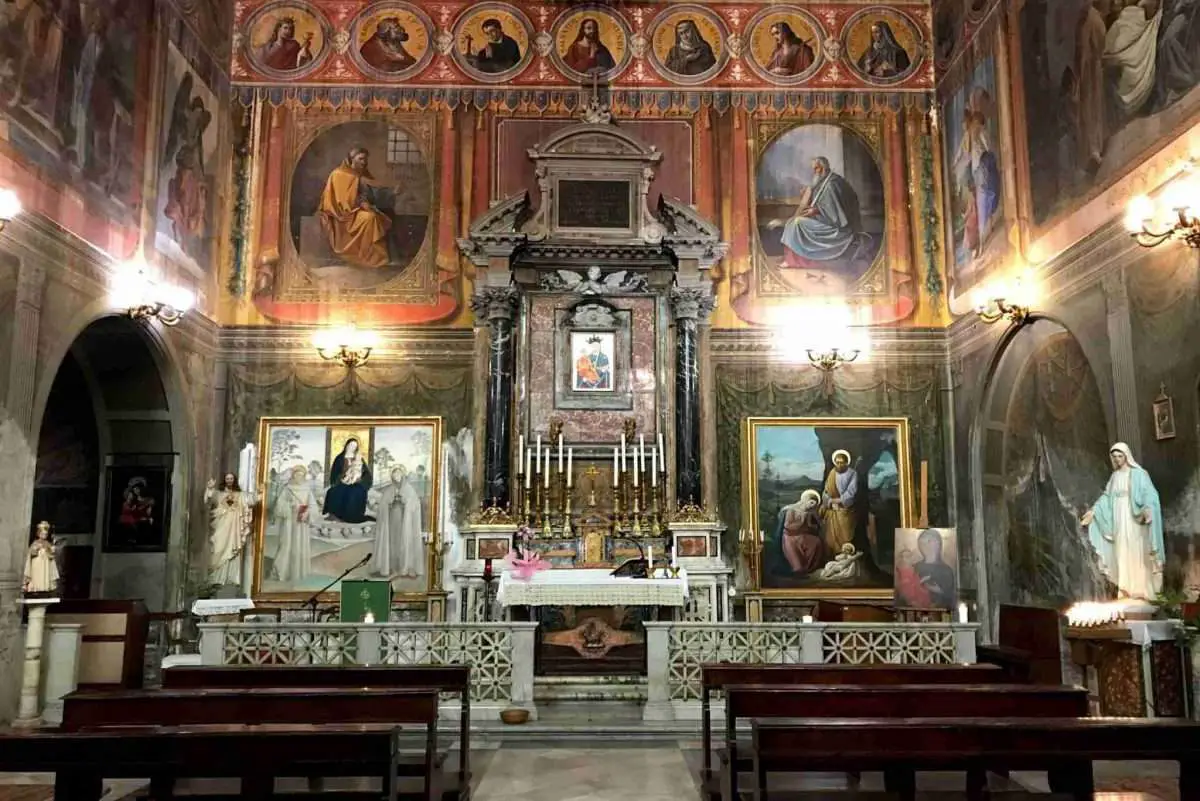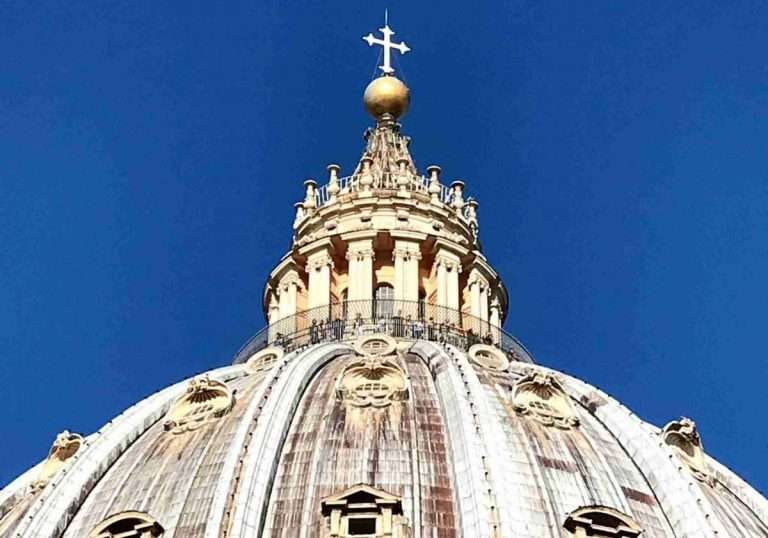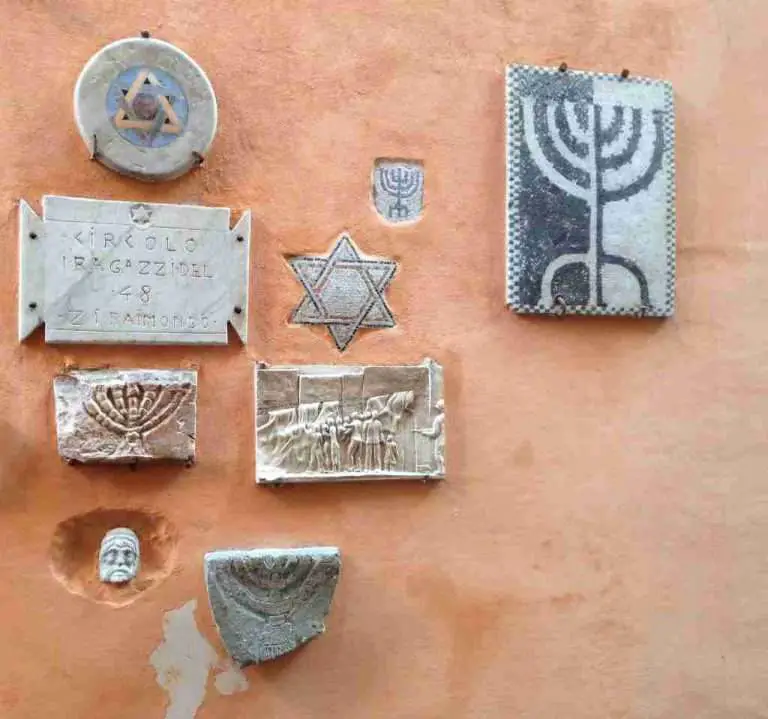
I answered “The smell of old people’s houses”.
The question was:
“What do you really like the most in life?”
Cleaned up quote from La Grande Bellezza/The Great Beauty
I often think about this quote from the Oscar-winning film La Grande Bellezza. Except when I am asked “What do you really like the most in life?” my answer is “the smell of old churches.”
For me, “the smell of old churches” is shorthand for Italy, but especially Rome. That musty yet perfumed scent of churches is as much a part of Rome’s allure as its ruins and restaurants.
Being in an old Italian church transports me to somewhere else, to a plane above and beyond myself. It is a sensory experience that includes the sight of relics, ancient paintings, and small beams of sunlight streaming in through stained glass. It is the sound of shoes clicking and squeaking on multi-colored marble and the faint smell of incense, cold stone, and decay.
The smell of Rome’s churches is one of the things I have missed the most during this never-ending pandemic. And after a quick search, I learned that this smell actually has a name. Religious scholars call it the “odor of sanctity.”
The Odor of Sanctity

The odor — or “odour” — of sanctity has long been associated with religion, old churches, and saints.
Of course, Christianity doesn’t have a monopoly on the fragrance of faith. Many cultures and religions, including Judaism and Buddhism, have used aromatic oils and incense, such as frankincense and myrrh, in religious rites and the burial process for milennia.
And they also burned (and still burn) the leaves, twigs, and bark of perfumed flora during religious rituals to create a pleasant scent whose essence, in combination with smoke and air, is a chemical reaction full of symbolism.
The burning of incense was understood to be transformative rather than destructive. It changed the ordinary matter of resin or gum into exquisite fragrance, a substance intangible yet perceptible both by scent and by sight of the fragrant smoke. Altered or “purified” by burning, incense traveled heavenward. The image of prayer rising up like incense to the deity was common across religious traditions. At the same time, sacrificial incense was not only itself a transformed substance. It had the capacity to transform the human worshipper who offered it, or even encountered it, into a state of exceptional piety. Its lingering scents attuned the mind to devotion and adoration both before and long after the act of sacrifice had taken place.
Scenting Salvation: Ancient Christianity and the Olfactory Imagination
The Smells of Saints
The odor of sanctity goes beyond the smell of perfumed air. It can extend to the smell given off by a martyr or other holy person.
“A believer whose body exhales an abnormal perfume (before or after death),” explains Aleteia “is called a “‘holy myroblyte.” This term derives from the Greek word myron (perfumed oil) and the Latin word myrra — what we call myrrh.
San Nicola di Bari is one well-known myroblyte. Saint Nicholas (aka Santa Claus) was the Bishop of Myra, an ancient Roman town (in modern-day Turkey) named after myrrh. The saint died on December 6, 343.
An early hagiography of Saint Nicholas claims that “from the moment of the Saint’s burial [in Myra], an oleum began to flow from the body which was a ‘healthy and vivifying medicine.'”

In 1087, Italian sailors (who feared that the conquering Seljuks would cut off access to Nicholas’s tomb) stole the saint’s relics from Myra and moved them to Bari. There, the faithful built a new church to house Nicholas’s bones. On May 9, 1089, Pope Urban II consecrated the Basilica di San Nicola.
Despite the overseas move, the relics continued to excrete a myrrh-scented substance, what the church calls the Manna of San Nicola. Though the church now admits that the liquid is a type of condensation or capillary action, pilgrims visiting Saint Nicholas’s church line up to buy vials of water that have been mixed with droplets of manna.
Other saints whose relics have been known to excrete sweet smells are Saint Andrew, buried in Patras, Greece; Saint Sabinus, whose relics are located in the Cathedral of Bari; and Saint Venerius the Hermit, the patron saint of lighthouse keepers and the Gulf of La Spezia.
Heavenly Scents at Home
I am hardly alone when it comes to loving that old church smell. Multiple companies have tried to recreate the “odor of sanctity” with a variety of home fragrances, including perfumes, candles, incense, and oils.
Saintly Scented Candles
One of the most successful companies to capitalize on the desire to bring a heavenly scent into the home is Cire Trudon, maker of the Spiritus Sancti scented candle.
Cire Trudon, the world’s oldest candle-making company, describes their luxury candle as: “Splinters of crimson, gold and olibanum, heady and holy perfume of altar candles.”
The French company also makes a candle called Carmélite, described as “the scent of ancient stone-walls, in the shade of cloisters and convents, this fragrance of fresh and mossy stone narrates the black and white silhouettes of nuns walking through the silence of a ritual mass.”
For an Italian take on holy fragrance, there’s Fornasetti. This design house launched its first scented candles in 2010 and they quickly became a cult favorite both for their scents and their artistic packaging.
Fornasetti’s Otto and Mistero scents, both available in various beautiful vases, evoke the smell of a Mediterranean church, with notes of smoke, sandalwood, lavender, thyme, and incense.
Pious Perfumes
As for scents that make you, not your home, smell like church, there are several. Goop’s Eau de Parfum: Edition 03 – Incense, which contains frankincense and the essence of smoke and “holy woods,” has a passionate following.
I would be remiss if I did not mention Santa Maria Novella from Florence. This brand comes from the world’s oldest pharmacy (founded in 1221), which is attached to the Florentine church of the same name.
From the beginning, Dominican friars of Santa Maria Novella developed salves, elixirs, and perfumes from the church’s garden. Roses and rose water, a floral scent long associated with the church, figures into many of Santa Maria Novella’s perfumed products.
In Conclusion
Even if we douse ourselves with myrrh perfume or burn frankincense in our homes, we will never be able to completely recreate the scent that tickles our noses upon walking into an old church.
It’s kind of like making your favorite restaurant dish at home or vacationing vicariously through a travel show.
You may be able to master one aspect of your favorite Italian memory — the taste, the sight, the smell. But you really need all senses bombarded at once to have the truly transcendent experience that an in-person visit can provide.
Last updated on May 17th, 2023Post first published on March 31, 2021






